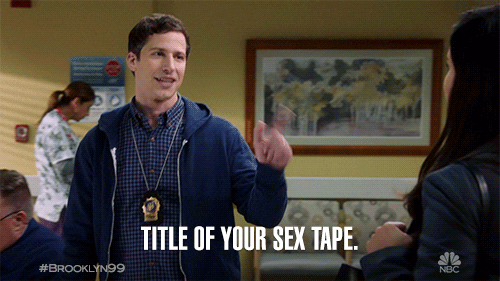Subtle Duck
Regular.
- Joined
- Aug 27, 2019
- Messages
- 461
- Reaction score
- 385
Just wondering whether any one can explain it.
I've got a batch of Belgium dubbel in bottles at the moment all carbed to 2.8 volumes. I tried some after 3/4/5 days in the bottle and all were gushing out of the bottles, thoughts were the batch was infected. 5 days later, I've just opened a few and they're fine. The batch was dry hopped (in a bag) for a few days. Could hop matter in the bottles be a cause?
By the way, they didn't taste infected and still dont
I've got a batch of Belgium dubbel in bottles at the moment all carbed to 2.8 volumes. I tried some after 3/4/5 days in the bottle and all were gushing out of the bottles, thoughts were the batch was infected. 5 days later, I've just opened a few and they're fine. The batch was dry hopped (in a bag) for a few days. Could hop matter in the bottles be a cause?
By the way, they didn't taste infected and still dont




